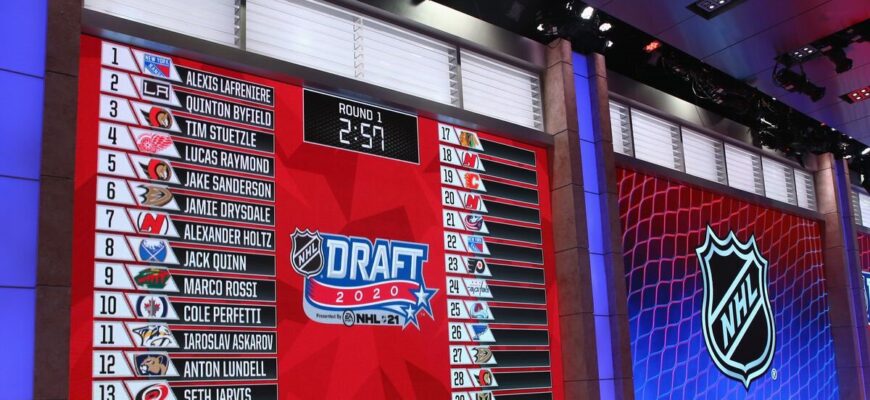The National Hockey League`s venture into the decentralized draft model appears set to continue, as a vote among member clubs has confirmed the format will remain in place for the 2026 NHL Entry Draft.
This decision comes on the heels of the league`s inaugural experience with this new structure, implemented for the 2025 draft. In this configuration, top prospects convened in a central hub, such as Los Angeles for the recent event, participating in the broadcast presentation while team personnel and draft tables remained in their respective home markets across North America.
Approximately two-thirds of the league`s 32 teams cast their vote in favor of maintaining this decentralized approach. This endorsement suggests a collective commitment to the format`s potential, even after observing its initial rollout.
The 2025 draft provided the first live test of the decentralized setup. While the logistical aim may have been to streamline internal operations for individual clubs, the broadcast experience itself drew considerable commentary. The first round, notably, extended beyond four hours, exceeding typical durations for this phase of the draft.
Viewers and participants frequently commented on a perceived sense of disconnection. Prospects, immediately after having their names called, interacted virtually with the drafting team`s executives via large video screens. The technical stability of these connections was, at times, less than perfect, introducing awkward pauses and contributing to a less dynamic flow compared to the traditional model where all parties were physically present in the same venue.
League Deputy Commissioner Bill Daly addressed the duration of the recent first round, acknowledging the need for greater efficiency in the broadcast. However, he expressed confidence that refinements in the production aspects could offer an “easy fix” to shorten the television duration in future decentralized drafts, indicating that the length was a presentation issue rather than a fundamental flaw in the decentralized concept itself.
It is worth noting that the decentralized draft model is not a novelty in professional sports; both the National Basketball Association (NBA) and the National Football League (NFL) have successfully utilized similar formats for many years, making the NHL`s previous centralized event somewhat unique among major North American leagues.
Despite the initial, perhaps less-than-perfect debut, the NHL and its member clubs have clearly signaled their intent to refine and continue with the decentralized draft structure for the 2026 selection process. The vote solidifies this approach, embedding the new format into the league`s future calendar with the aim of improving the execution based on the first-year experience.







